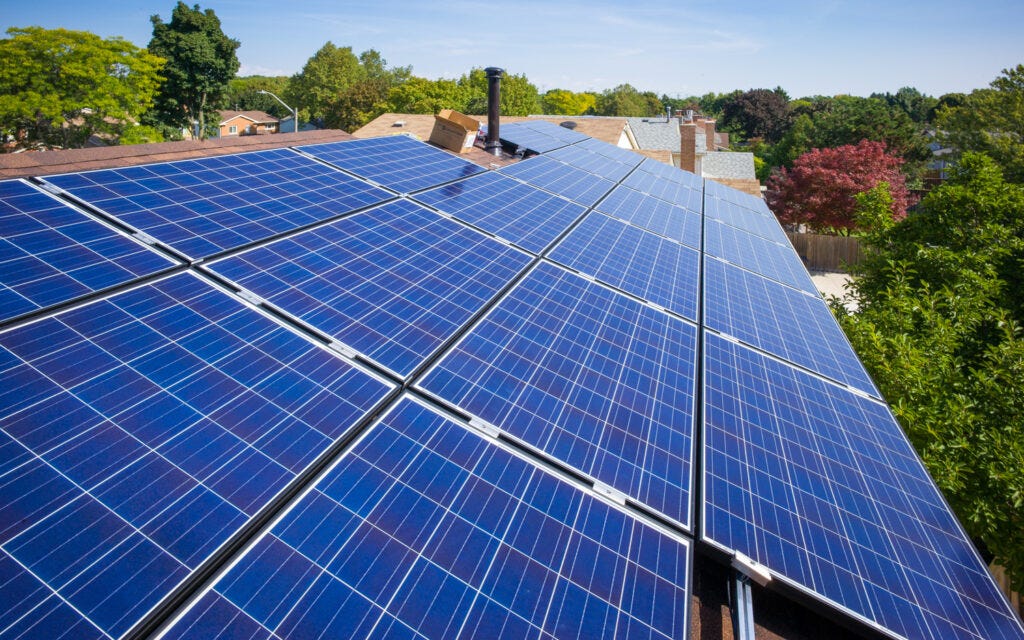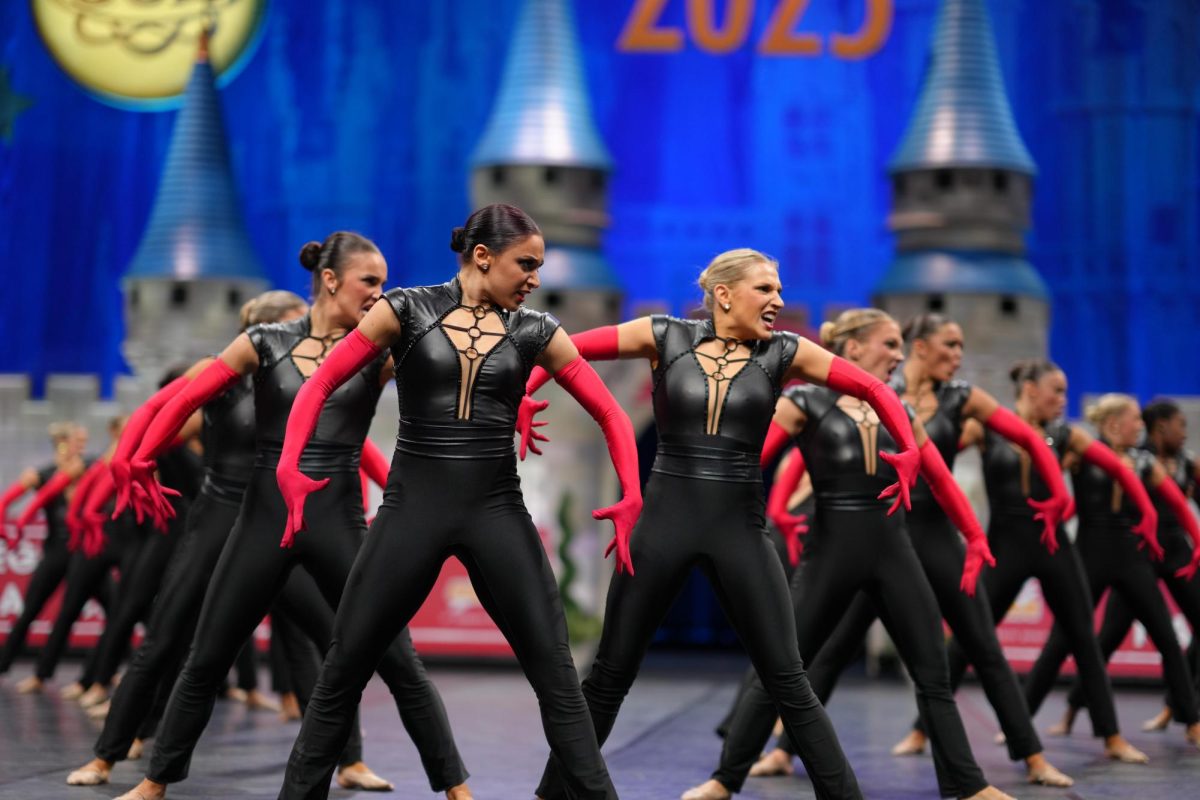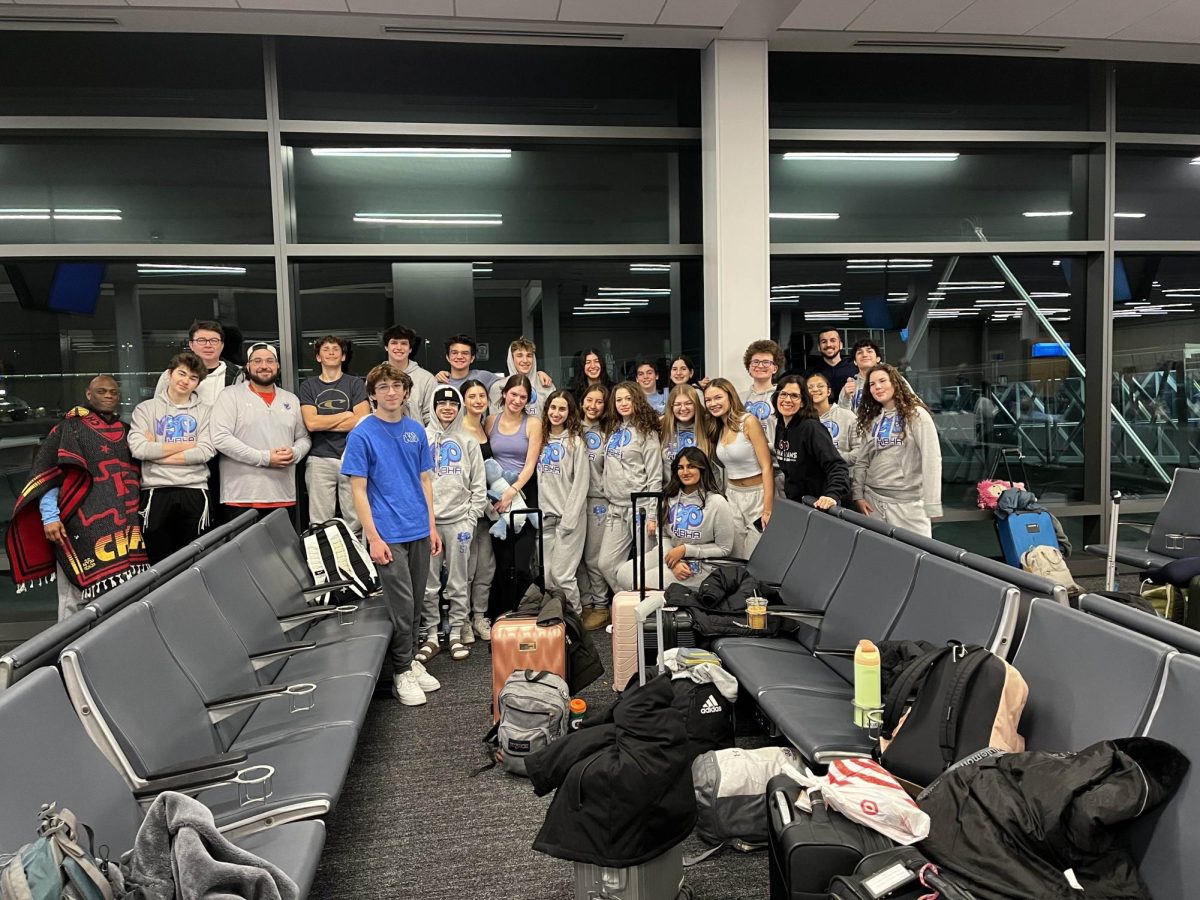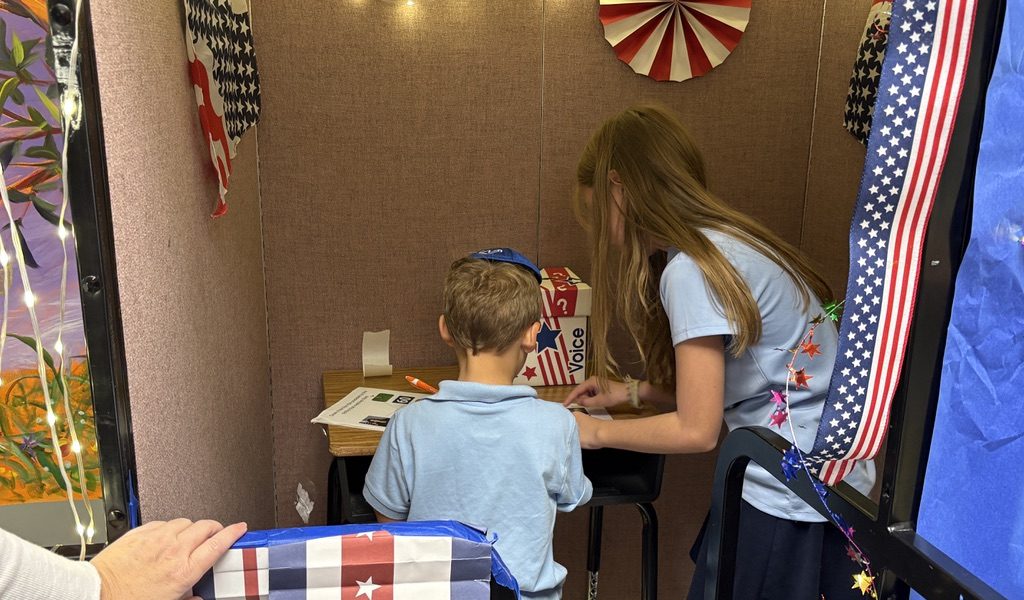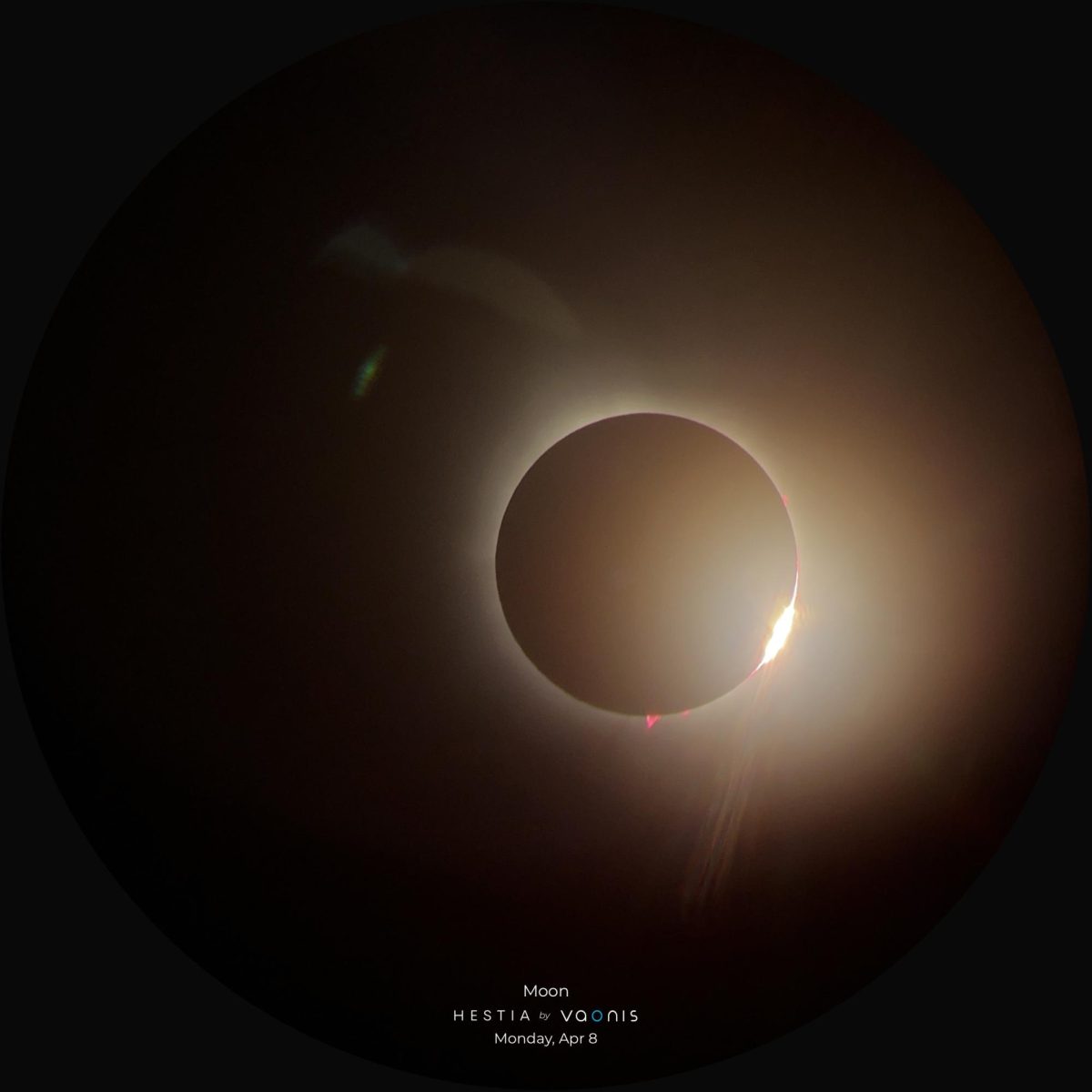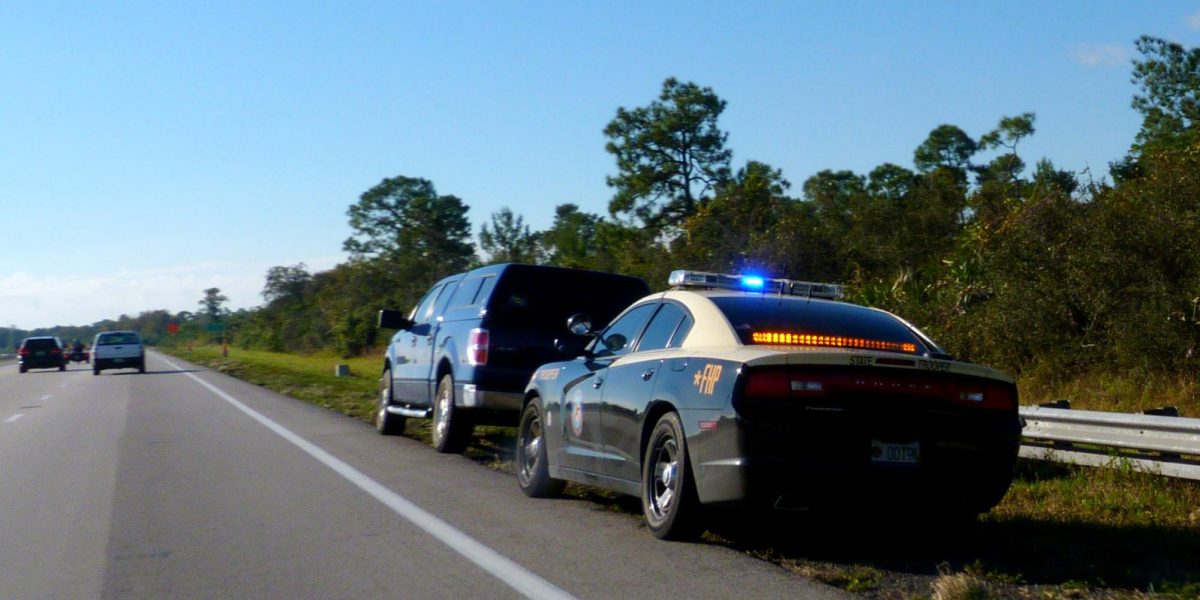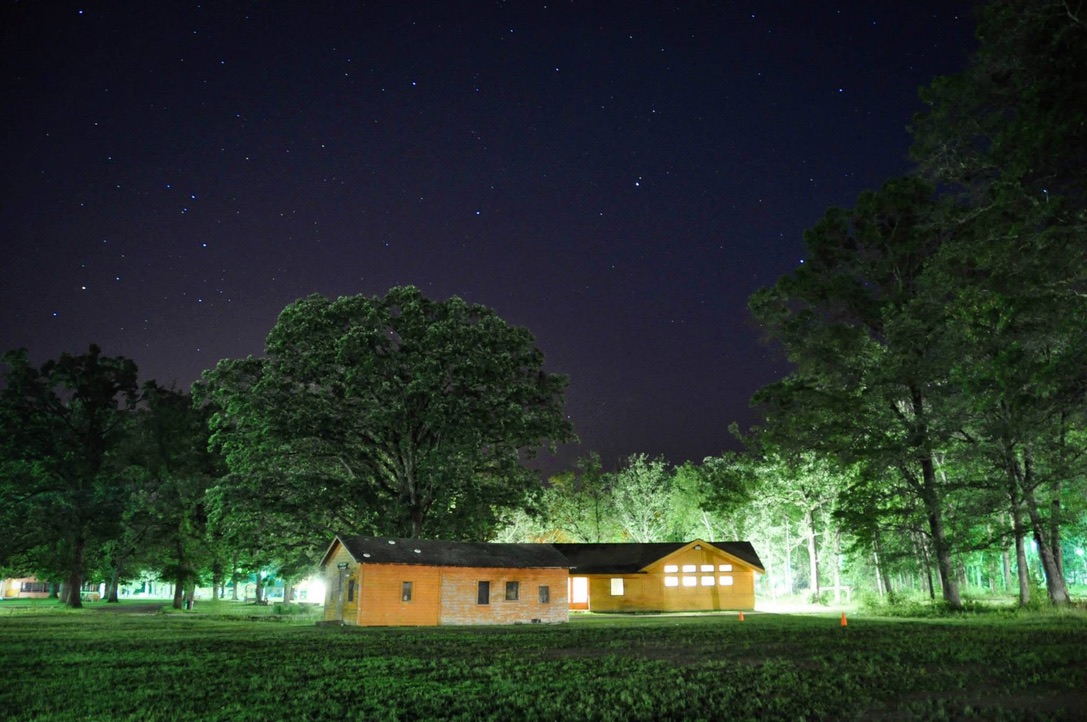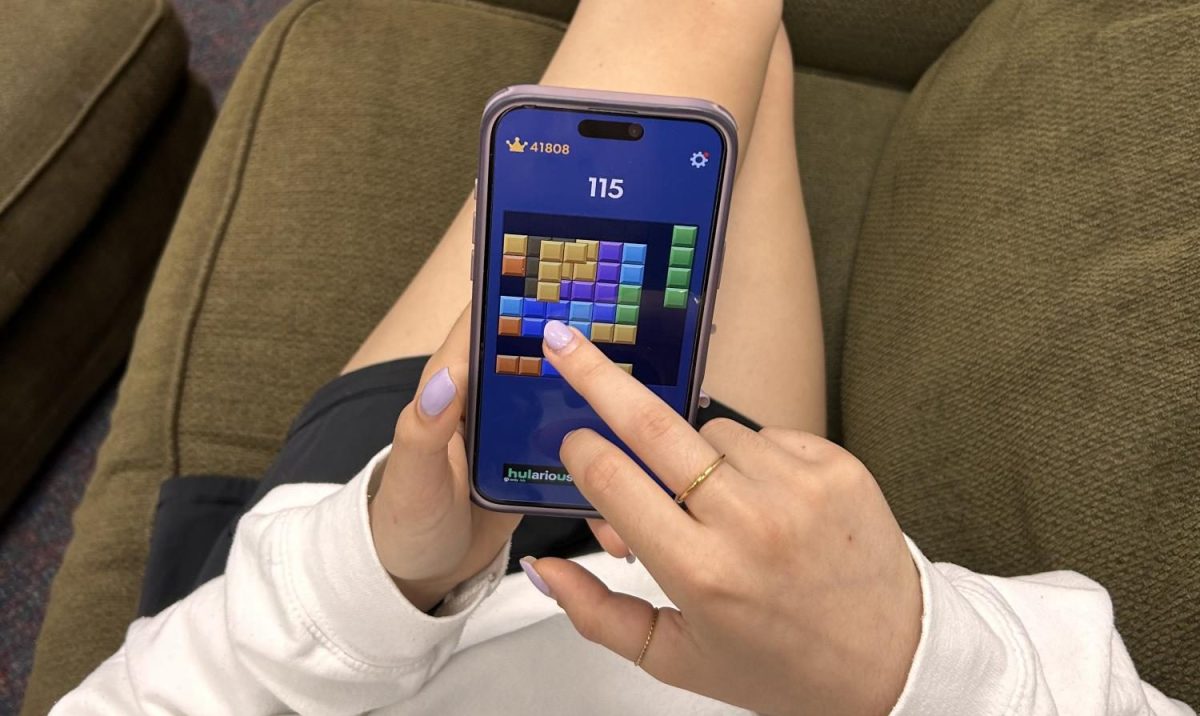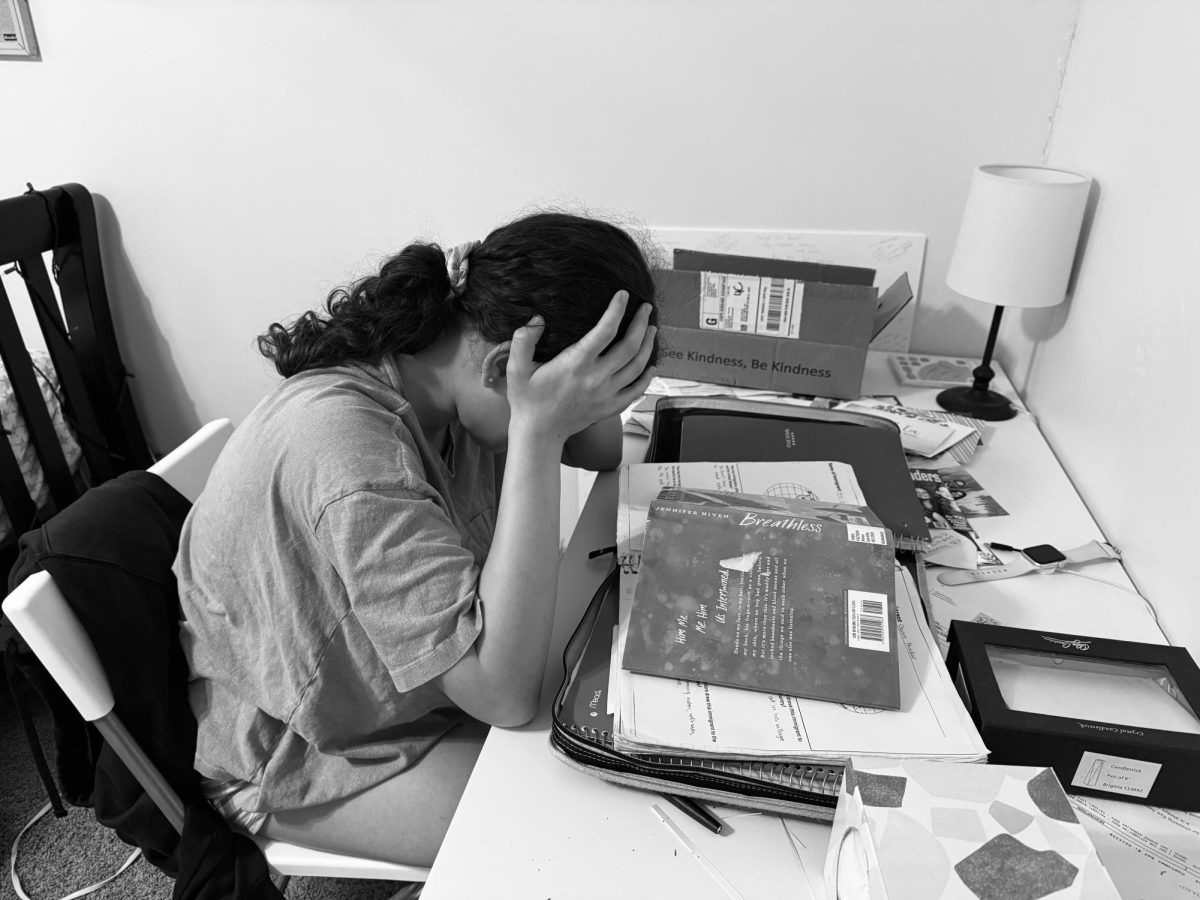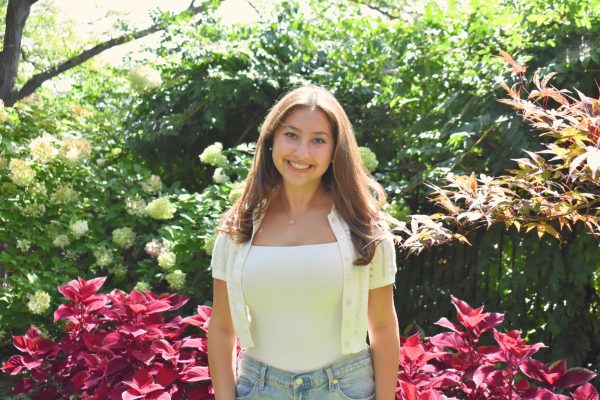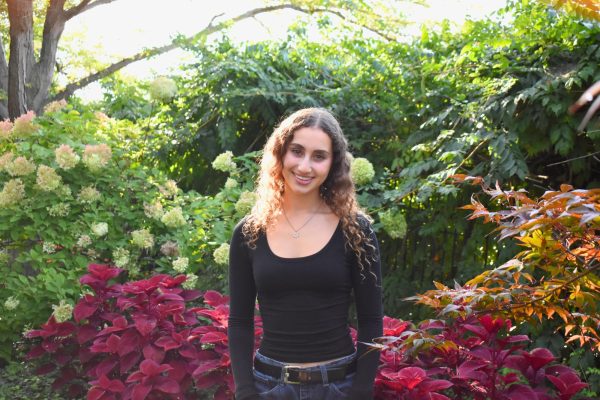Holchim Yarok ‘Going Green’ is HBHA’s environmental club. This year, seniors Livia Noorollah, Rayli Kopelman, and Noa Levine aimed to persuade the Jewish Community Center of Greater Kansas City (JCC) to invest in solar panels to better our environment and the JCC’s finances.
Eric Evans, Solar Energy Consultant at Good Energy Solutions, Inc. (Holchim Yarok’s proposed solar panel company), Amory Bottorff, Vice President of Solar Sales at Good Energy Solutions, Inc., and CFO of the Jewish Community Center, Bobby Boresow, all joined our Holchim Yarok representatives to discuss the potential behind installing solar panels.
Noorollah, Kopelman, and Levine proposed two solar panel options: a smaller system and a larger system. During their proposals, the seniors articulated the benefits of each panel system, the financial aspects, and the energy benefits.
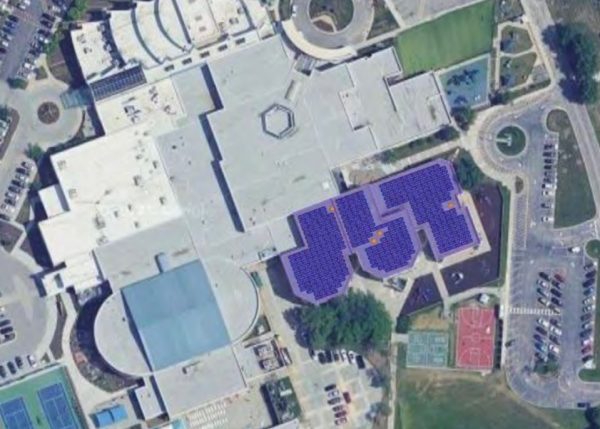
The 230.6 kW-DC (smaller option) would cost the JCC $492,500 to install. This system’s panels would only cover HBHA’s roof. 30% of the cost ($147,750) would go directly back into the JCC’s finances after a year of use, due to the JCC being a non-profit organization. Furthermore, the smaller system would annually save the JCC $58,233, and on a 30-year scale, the JCC would save $1.1 million, according to Holchim Yarok’s proposal.
If the JCC decides to invest in the 558.9 kW-DC (larger panel), it would be an upfront payment of $1,146,500. The solar panels would cover HBHA’s roof in addition to the JCC’s. After the direct incentive, the JCC would immediately receive $343,950 back from the initial cost, and save $58,233 every year. Additionally, on a 30-year scale, the JCC would save $2.7 million.
Putting some of these smaller system benefits into perspective, “It’s as if we took off about more than a thousand gas-powered vehicles from the roads per year… It’s [also] as if we have planted more than 6,000 acres of US forests,” Noorollah stated.
There are “huge environmental impacts, even just for the smaller system,” Noorollah said.
Evans commented on some of the most compelling reasons the JCC should invest in solar panels, saying, “There’s a lot of reasons. Solar is kind of what we see as a win-win.” There’s no such thing as a perfect energy source, but “it is one of the cleanest sources of energy that we have access to.”
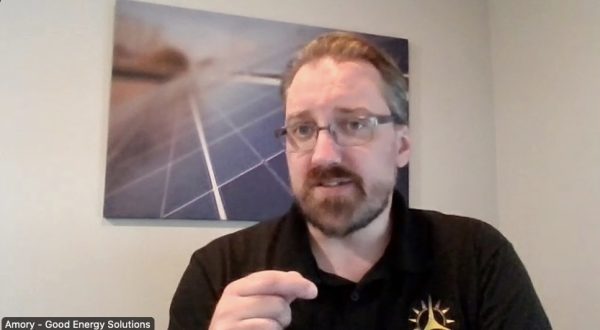
Image by Ruby Sokol and Gabrielle Sosland
The two biggest reasons businesses and utilities are going solar are to save money on electricity and for the environmental benefits. Furthermore, if there’s a power outage, that battery system can continue to power a building comparable to a generator’s ability.
Another reason that an organization like Kansas City’s JCC might consider making this commitment to green energy is to provide the local business and the Jewish community with an example of environmental stewardship and leadership. Scott Cohen, Executive Director of the JCC of New Haven, discussed their decision to install solar panels in 2014. He said, “to be a leader in the community…[and] to inspire other organizations to take the route of trying to reduce our carbon footprint.”
According to Holchim Yarok’s proposal, the systems proposed for the JCC of Greater Kansas City are expected to last up to 40 years, given that storms and other dangerous occurrences do not affect the roofs. The JCC’s solar panels would require minimal maintenance, with an estimated annual cost of $10,000 for system upkeep. Natural elements like rain and snow help keep the panels clean, and unlike traditional systems, they do not need oil changes or other mechanical servicing.
Both system options produced by Good Energy Solutions, Inc. are installed using a ballasted system. A ballasted mount is cemented into the roof using concrete blocks, and the solar panels are installed on the cement. This protects the roof(s), and the weight given by the cement protects the panels from wind lifts.
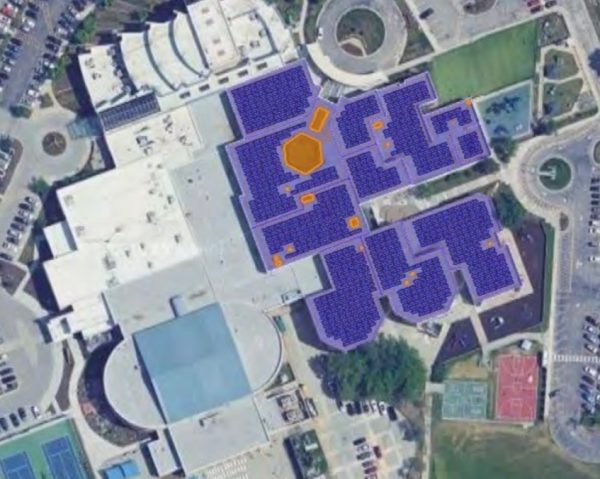
Though there may be many advantages to this transition, the decision makers will likely factor in the drawbacks as well. According to Emily Bloch of Modernize Home Services, the ballasted installations can deteriorate over time. The concrete used in the systems is not entirely immune to weather-related damage. In harsh winter conditions, the concrete can freeze, leading to the disintegration of mounts. In the summer months, extreme weather like high UV can also ruin bad-quality ballasts (Bloch).
Despite these drawbacks, while the price of the actual solar panels has remained consistent, their efficiency and energy production have increased and improved; however, the manufacturing cost of solar panels has decreased significantly. According to Good Energy Solutions, Inc., the prices for the actual solar panels stayed consistent, but the efficiency and the production of energy have gone up for the same price.
According to Bottorf, the usage of solar energy across the JCC and HBHA would be beneficial financially and environmentally.
After 12 years, the proposed solar panel systems would pay for themselves, said Bottorff. That equates to the same length as a student’s entire HBHA career (from first grade). Those twelve years of a child’s life can make the largest impact. During those same twelve years, a solar energy system at the KC JCC could impact the entire energy future of the organization.

